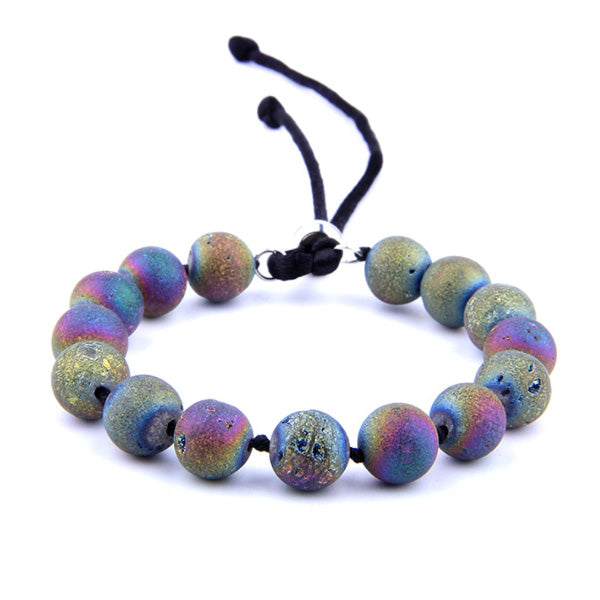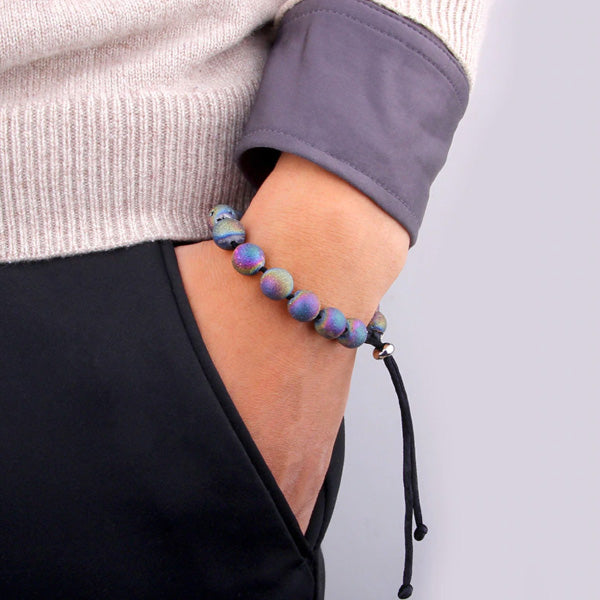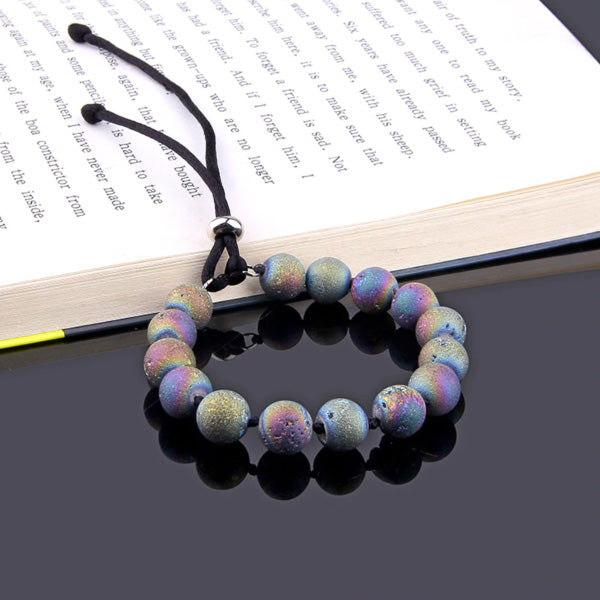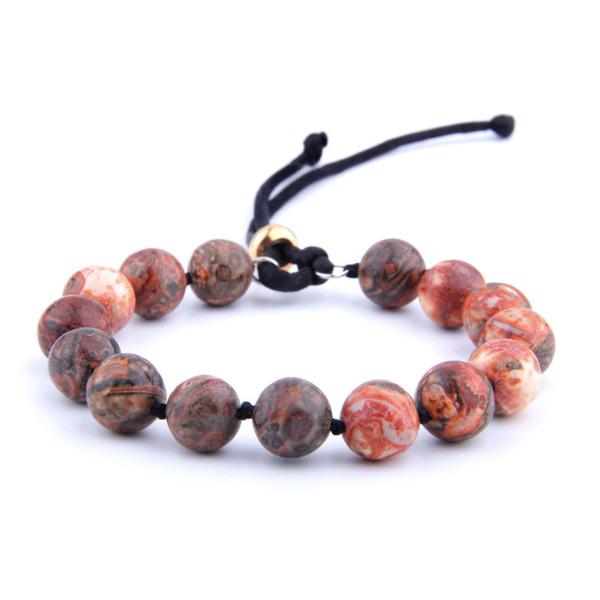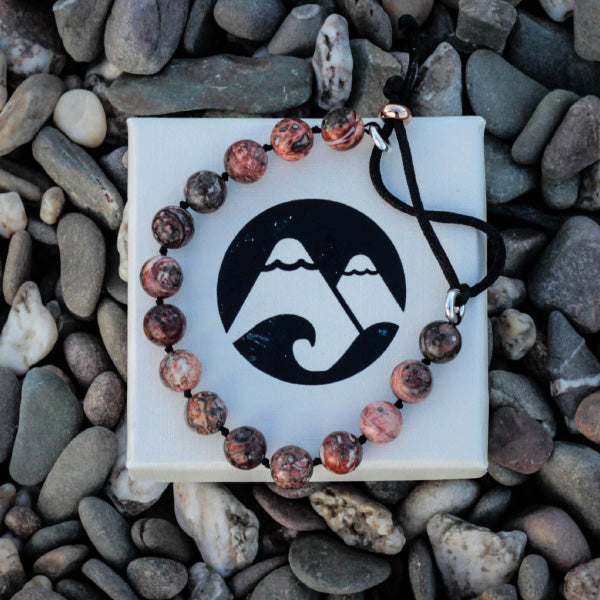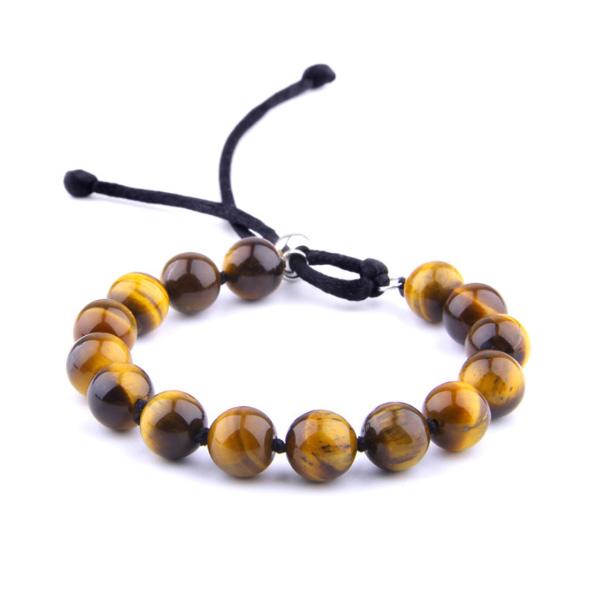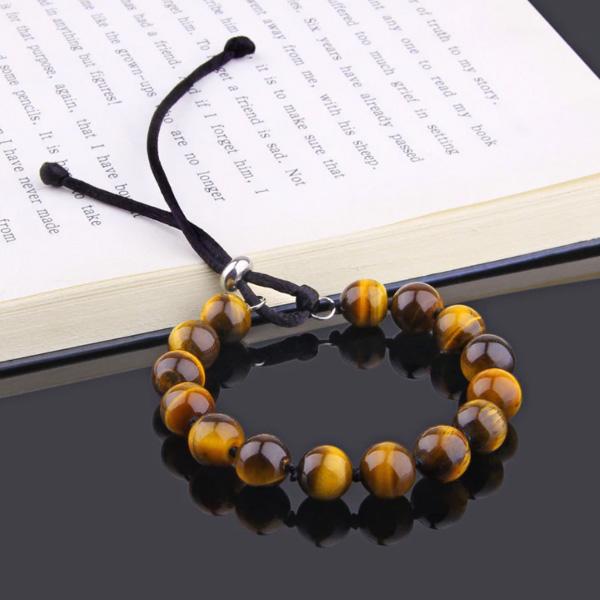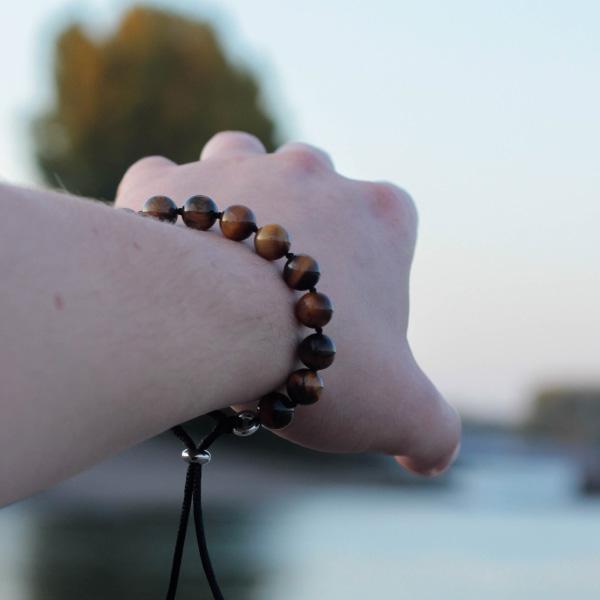A Guide On Making Eco-Friendly and Healthy Coffee
Since the beginning of time, many things have evolved for people. One of those vital technologies has been coffee. Coffee can help people stay up late, give them more energy to work out, and tastes good too. The term "Black gold" is no joke, especially in Costa Rica, where people are making a huge effort on making sure that they get the best beans possible.
Farmers worldwide grow these beans with an agricultural process called shade-grown, which protects birds, water quality, and soil erosion. These unique farms attract tourists to visit their land because of what is produced there, like whole-bean coffee.
People who drink this coffee say that is better because it is organic, since the beans are all shade-grown, making them better for the environment. The question pops up of what defines an eco-friendly coffee. In this article, we broke down the different components of what makes your cup of energy environmentally friendly.
Overview
Breaking down the economics of coffee
Costa Rica is the number one exporter of organic coffee globally, which proves that people are willing to go far and pay a higher price for it. The total revenue from exports was close to 700 million dollars. This high demand can lead to issues with supply because sometimes there are not enough beans to meet the demand.
The one area where this country does excel over others is its environmental protection policies. Farmers even promote these initiatives by getting certification through an organization known as Utz Kapeh, which sets standards on how organic farms should look like through preserving soil quality, water quality, natural resources, and ethical treatment towards employees.
These producers say that this process benefits everyone because organic farming is better for the environment, and their employees are treated well. They still get paid the good salary that they deserve.
From Growing Beans to Exporting Bags
Coffee is one of the few items that people do not mind paying more because they like it better. Because of the demand, many countries worldwide struggle to grow this commodity in their country. Countries like Costa Rica, Indonesia, and Ethiopia can produce these high-quality beans, which truly sets them apart.
A lot of work has to happen before you can get your coffee beans to your local supermarket or grocery store. Different stages need to occur to turn the product into something everyone can enjoy. The first stage would be where farmers pick out the ripe cherries on trees after about 6-7 months.
Roasting Economics
After picking them, producers put these ripe cherries in a collection location to separate the good from the bad. After this process is complete, producers can now begin to roast their beans, bringing different smells and tastes depending on the roaster they have.
Roasting is quite a complex process on its own. Learn more about different roasting techniques to get the right flavor for your coffee beans:
The next step is to take a sample of all their coffee and send it off to be tested for contaminants such as fungus and other unwanted pests that may cause problems later on down the road.
Before leaving Costa Rica, the last but most minor action is export clearance, which ensures that none of their product will get stopped by any customs agency that may want to hold them up due to poor quality or concerns overtaxed.
Health benefits for your body
There are some widely differing views on whether or not it is healthy. Even studies have contradicting results on the health effects of coffee. It has been said that coffee leaves a sour aftertaste in the mouth, which leads to indigestion, and that it even causes headaches.
But apart from these worries, there are also positive effects of coffee. The caffeine contained stimulates both the central nervous system and the heart while at the same time boosting metabolism for several hours.
Consequently, coffee has good cardiovascular properties since studies show that regular consumption of coffee reduces the risk of coronary disorders by up to 40%. The caffeine decreases cholesterol levels and increases insulin activity, making you less likely to develop type 2 diabetes. Coffee is also said to prevent Parkinson's disease and gallstones.
But is coffee good for me?
It is certainly far too soon to say that coffee has no adverse effect on health, but many studies prove its benefits. For example, it is said that the risk of developing type 2 diabetes decreases by 30-50% if you drink up to five cups of coffee per day.
To sum up, it appears that moderate consumption (1-4 cups/day) can be part of a healthy diet for several reasons. However, you should never exceed the upper limit because the adverse effects start to take over again.
Our tip: Avoid drinking coffee immediately after your meal, as this may cause stomach acidity and heartburn. It is also not advisable to drink excessive amounts because caffeine stimulates blood pressure and rapid heartbeat, resulting in anxiety or insomnia.
Does the way coffee is prepared matter?
Yes. If you prefer to filter your coffee and create as little garbage as possible, try not to use a paper filter. The latter does allow the coffee oils to pass through into the cup, but it also absorbs up to 97% of coffee's beneficial antioxidants.
On average, there is still 70 mg caffeine in one cup of filtered coffee/filters used more than once. If you like black tea, then this is undoubtedly exciting information for you. One study has shown that the degree of oxidation in brewed black tea is reduced by around 30% after 6 minutes compared with 4 minutes (i.e., if you infuse the tea only 2 minutes rather than 3 minutes).
Is instant or soluble coffee healthier?
Instant coffee has higher caffeine content, but this is because it has been processed so that some of the coffee oils are lost. Another reason for the high content is that instant or soluble coffee contains more non-coffee substances than regular roasted and ground coffee beans.
In summary, although instant or soluble coffees contain a little less antioxidant than normal ones, they don't have a particularly unhealthy effect on health if consumed only occasionally since these types of coffee do not pose any risk to your cardiovascular system.
However, one should be aware that there are also negative aspects: an excess of fixed coffee can even lead to liver damage. In addition, products containing added sugar and cream cannot be considered healthy.
What makes coffee natural
Coffee may seem like a purely artificial product thanks to the addition of cream, sugar, and syrup. However, many natural aspects contribute to its flavor and aroma.
Amongst these factors is the plant from which it comes: Coffee beans.
The coffee bean plant "coffea arabica" is a tropical evergreen shrub or tree that can grow up to 20 meters in height and produces red fruit, called coffee cherries, each containing two seeds: the coffee beans we eat. These trees thrive in equatorial regions with consistent rainfalls and fertile soil, like those found in Central and South America, Southeast Asia, and Africa.
The amount of rainfall during the year also how fine your blend will be; the lower the rainfall, the slower-growing coffee trees and the sturdier the beans will be.
The environment in which these trees are grown also affects both the quality and flavor of your blend. Coffee trees grow best when grown between 1,000 to 2,000 meters above sea level because, at this height, there is not too much rain or extreme temperatures (too hot or cold), which deteriorates coffee beans.
This altitude helps ensure that the shrubs do not die nor fail to thrive; in fact, they can grow several meters each year here. However, the higher up you go (over 2,500 meters) yields more minor crops that produce more acidic flavors.
It all contributes to why different regions produce different qualities of coffee beans: typically, the closer to the equator and the higher in altitude that you grow coffee beans, the better quality your blend. But tropical weather doesn't always benefit the plant. The hotter it gets, the higher the possibility to get diseases.
How coffee beans are harvested
The next natural aspect would be how these beans are harvested from the plant; different harvesting techniques drastically affect quality and taste.
Firstly, picking coffee fruit (or cherry) from a plant is best done by hand because machinery harms the fruit and causes bruising, leading to lower-quality coffee at roasts.
Secondly, there are two ways in which one can harvest coffee: Dry and wet. Dry harvesting is when ripe cherries are picked and laid out in direct sunlight until they naturally begin to dry into what we know as a "dry processed" coffee bean. Wet harvesting is when the fruit is picked and then sent to a fermentation tank, which is left for up to 3 days.
Then the beans are washed with clean water and laid out in the sun until dried. The benefit of wet-processing is that it allows access to higher prices from buyers because it's easier for them to sell wet-processed beans, but dry-processed beans produce better-tasting coffee.
Adding the right ingredients
The longer a bean is roasted, the more bitter it will taste. It means that if you have ever tried an espresso, which tends to have a darker roast, you'll find that its strong flavor overwhelms you due to the concentration of oils and acids.
The last natural aspect would be how you prepare your coffee: adding sugar, milk, water, or even salt will change the flavor profile of the drink drastically because these ingredients react with different acids and oils present in coffee.
For example, if you are making an espresso, adding a teaspoon of sugar will decrease its bitterness considerably. Sugar is a simple carbohydrate that our bodies can break down quickly without expending too much energy.
People who consume cups of coffee every day owe it to themselves to know about all these natural aspects which make up their daily cuppa - next time they enjoy a cup, they'll appreciate it even more!
Tips for making eco-friendly coffee
Are you reluctant to brew coffee in the morning because you don't want to waste your paper filters?
Do you like the taste of coffee made with a French press but hate the idea that over 5 million tons of plastic are wasted each year to make them?
Wouldn't it be great if an environmentally friendly way to make coffee that didn't involve any wasteful paper filters or plastic garbage?
If that's the case, you're in luck because there is a way to make environmentally friendly coffee.

The most eco-friendly way to make coffee is with a reusable mesh filter which is used for french presses.
Whether you prefer your coffee brewed using a regular drip coffee machine, a pour-over cone, a French press, or even an espresso maker, you can use this method.
Once you have the right equipment, all you need to do is heat some water and start pouring it through your filtered coffee grounds. You can also use cold water if that's how you like to drink your coffee.
Even though this method has been around for years, it hasn't reached mainstream popularity yet. The reason is that people don't know about it, or if they do, they think that those plastic mesh filters at the grocery store will work just as well as a stainless steel reusable one.
They won't work as well, and here's why:
- The plastic ones will eventually start to smell funny from absorbing the smell from your coffee, tea, or other foods that you use to strain.
- The plastic mesh is also affected and will get blocked up with sediment after repeated use, which means it won't filter your coffee anymore.
- If you were to try and clean all of that gunk out, chances are you would end up breaking the mesh in the process.
- Don't risk ruining your whole morning to save a lousy plastic mesh strainer because you'll still be wasting plastic even if you throw it out after each use.
All of these issues are solved when you use stainless steel filters for three reasons:
- They don't absorb any odors, so you never have to worry about them smelling funny after repeated use.
- The stainless steel mesh is much coarser than the plastic mesh meaning it will never get clogged and block up with sediment no matter how many times you strain coffee, tea, or other types of liquid through it.
- Not to mention that the stainless steel filter contains no plastic, thus eliminating the possibility of ruining your morning by ruining a plastic mesh strainer.
So what are you waiting for?
Please go out and get yourself one of these stainless steel mesh filters today because they're the most eco-friendly way to make coffee!
Coffee Cup Eco-Friendly
There is nothing like sitting down to enjoy a hot cup of coffee first thing in the morning. After all, it would help if you had something warm after you tire yourself up with enough sleep. However, what makes this possible is the invention known as the coffee cup.
Even though it has metal casings and plastic lids and handles, most people do not think about its environmental impact on the planet. So, how can one make use of eco-friendly coffee cups?
Several factors go into making this cup of joe available for you every morning:
- harvesting the beans from their native region
- roasting them
- grinding them
- boiling water for between four to five minutes at 195°C (90°C if you are in the U.S.)
- filtering water
- finally, pouring coffee into your cup of choice or another container
However, this is just the beginning.
After drinking your cup, you have to dispose of your used cups properly to not pollute our environment. There are several other aspects to take into account when it comes to the environmental impact.
Adverse facts about the disposable coffee cups
The disposable coffee cups are non-recyclable. One billion disposable coffee cups are thrown away annually in just England and Wales alone, equivalent to 5,000 per minute. That's an awful lot of garbage that could be sent to landfills or incinerated.
More than 99% do not get recycled, unlike aluminum cans or milk cartons. Therefore, a lot more resources have been used up in producing them. Although they may look like paper, the lining makes them unrecyclable because it contains polyethylene.
It can take anything from 20 to 1000 years for a plastic cup to decompose after being buried in the soil. Twenty single-use cups would have to go through the same process to produce one reusable cup!
In addition, a lot of water and energy is used to wash them after they are used for coffee. As a result, it increases carbon emissions which contributes to global warming.
The chemicals such as dioxins and furans released from incinerating disposable cups pollute the air we breathe daily, causing respiratory problems and other health issues. It also contains carcinogens that affect your DNA and can lead to cancer.
Disposable cups absorb all the coffee's taste and flavor instead of retaining it as a reusable cup does.
How to avoid using a disposable coffee cup?
When you do your weekly grocery shopping, try to buy a reusable mug or bottle. You can also carry your own travel mugs with you when you go out for coffee. If it is not possible to bring your cup, politely ask for no disposable cup and use reusable ones instead.
Encourage others around you to think about the environment as well. It is much better to reduce our carbon footprint than somebody who cares more than us saving the planet for us in future generations!
Switch up your disposable cup for a reusable cup
It might take a while to reduce our daily coffee intake, or it may not be possible for you to carry your travel mug with you wherever you go. Don't worry because there are more eco-friendly disposable cups available in the market today!
These cups are made of plant-based materials, making them biodegradable and compostable.
They are also reusable if you wash them up after use, even though they are single-use. Head over to our other article where we explain how to gain more out of your coffee grounds for a more sustainable use. There is no need for us to sacrifice our comfort for this planet's sake when companies have already taken the initiative to come up with new technologies that will benefit both parties without causing any damage to the environment.
Conclusion
In order to make your cup of coffee more eco-friendly and benefit from the health effects on your body, there are a lot of factors that count into that. To internalize the basics, take a look at this short summary:
- A moderate amount of coffee (1 to 4 cups a day) stimulates both the central nervous system and the heart while at the same time boosting metabolism for several hours. It even reduces the risk of coronary disorders by up to 40%.
- It is not advisable to drink excessive amounts because caffeine stimulates blood pressure and rapid heartbeat, resulting in anxiety or insomnia.
- Products being added to your coffee, which are containing added sugar and cream cannot be considered healthy.
- When brewing your own coffee, use mesh filters instead of paper coffee filters
- Use reusable instead of disposable cups
Leave a comment
Comments will be approved before showing up.
